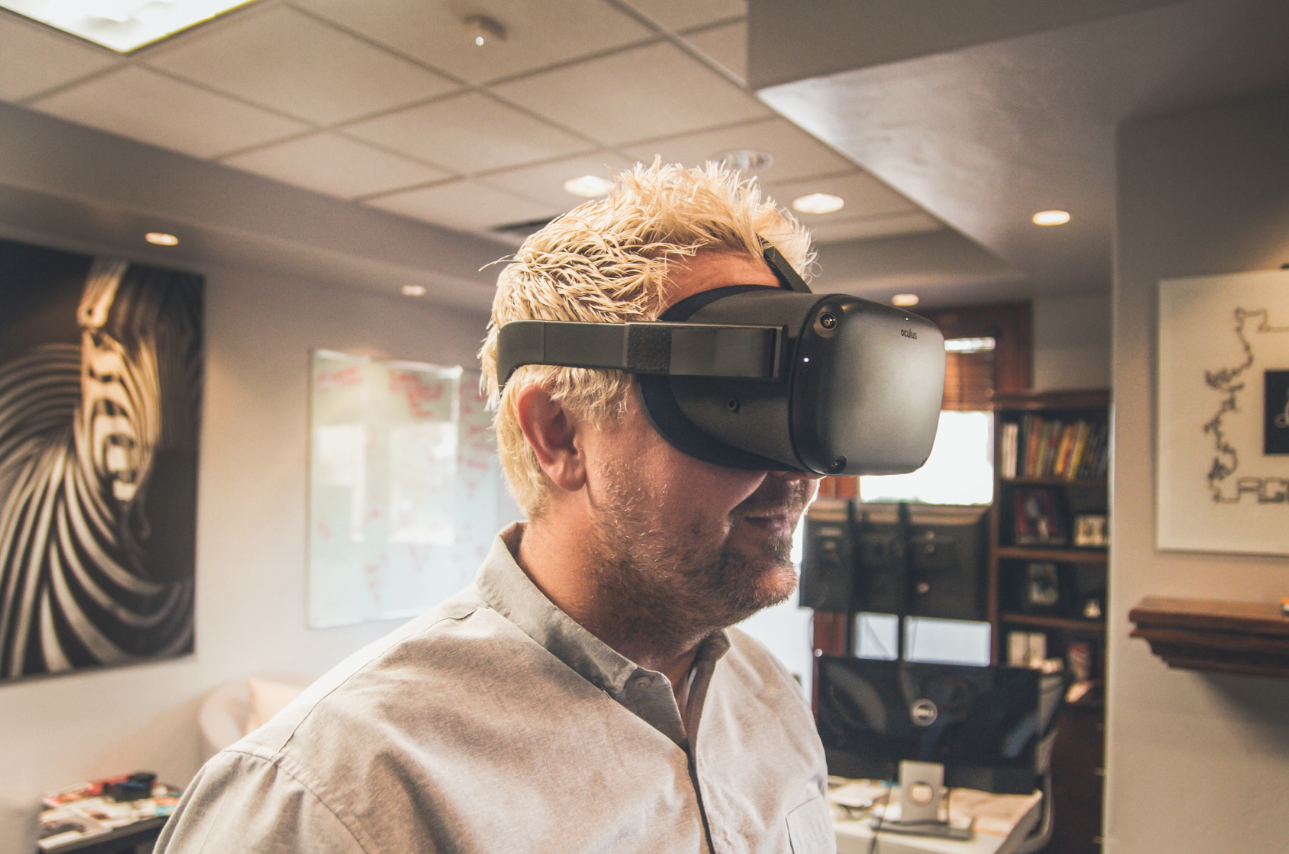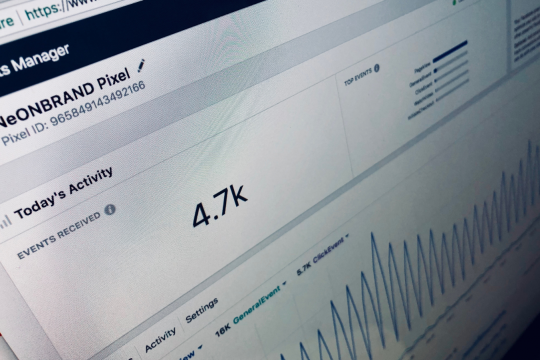Published in View from the Edge – A monthly column by Lee Han Shih, Founder of the Potato Group, featured in the CompassList newsletter. The Sailor’s Log offers analysis, insights and coverage of noteworthy trends from up-and-coming startup ecosystems. It goes out the first and third Wednesday of every month. Get the CompassList newsletter here.
Two seemingly unrelated events took place early this month. Billionaire investor Warren Buffett, “the Oracle of Omaha,” dumped all the airline stocks in his listed Berkshire Hathaway with huge losses. And the organizers of V-Ket4 said they were on target to receive 1m visitors to their virtual expo when it expires on May 10.
Covid-19 is the link between the two: the pandemic is behind the rise of a new industry (virtual meeting spaces) and the decline of an old (travel). Air travel has now shrunk to near zero, with thousands of planes sitting on the tarmac and airlines bleeding copious red ink. Meanwhile, forced home confinement has also spurred the popularity of all sorts of online meetings, concerts and events, with V-Ket4 being one of the largest.
Virtual Market 4, to use its full name, is run by HIKKI, a small company in Tokyo. Its predecessor, V-Ket3, drew some 770,000 visitors. This has helped to lure dozens of big corporations to support the current expo.
Donning a VR headset (or simply using a laptop), the visitor is transported to the expo entrance (with a giant Softbank booth) of “thirty-six worlds” (in fact, 36 shopping malls) where he or she can browse, visit exhibiting businesses (Audi, Sega, Netflix, 7-Eleven, etc.) and buy virtual products. All while sitting at home.
V-Ket4 is at once impressive and terribly inadequate. Twenty-eight years ago, Neal Stephenson, the science fiction author, created the idea of a virtual world in his book Snow Crash, where avatars – digital versions of human beings – can roam freely, meet, chat and do business with one another. The book launched Second Life, a real-life virtual world, and became the bible of Google Earth; it is a must-read for those involved in the project.
Three decades on, virtual worlds were still confined to a small segment of geeks who ignored the numerous deficiencies of the experience and soldiered on. Until Covid-19. Today, virtual travel and meetings, no matter how unsatisfying, are far better than being stuck at home and facing the four walls.
Compared with real-life experience, V-Ket4 shows that virtual experience still has a very long way to go. The avatars are cartoon characters, the movements are jerky, the time lag can become intolerable and only a handful of companies are willing to take part in such a virtual meeting space. At the moment, it is still a very limited offering.
Nevertheless, pandemics seem likely to be a recurrent event. Viruses are mutating much faster than the efforts to combat them. Multinationals, with their global networks and monoculture farming, have become the perfect medium for the viruses to thrive and spread to all corners of the world.
Going forward, smart money will be pouring in to improve the virtual worlds. The better such worlds become, the higher a toll they will have on traditional businesses – airlines, cruises, MICE (meetings, incentives, conferences and exhibitions), other transportation, real estate and more. The world is shifting and the opportunities are where the virtual meets the physical.

About the author
Lee Han Shih is Founder of the Potato Productions group. He sees things from the edge and tries to stay ahead of the curve. He has been a teacher, a civil servant and a journalist. Now he’s trying to prove startups can do good and still make money.






